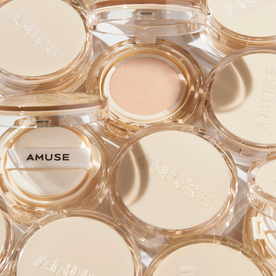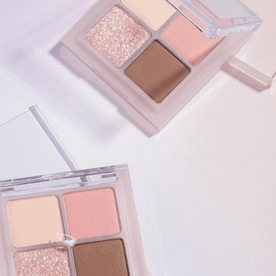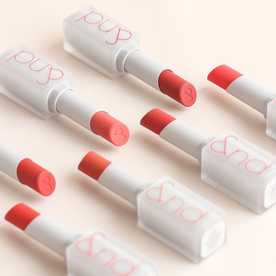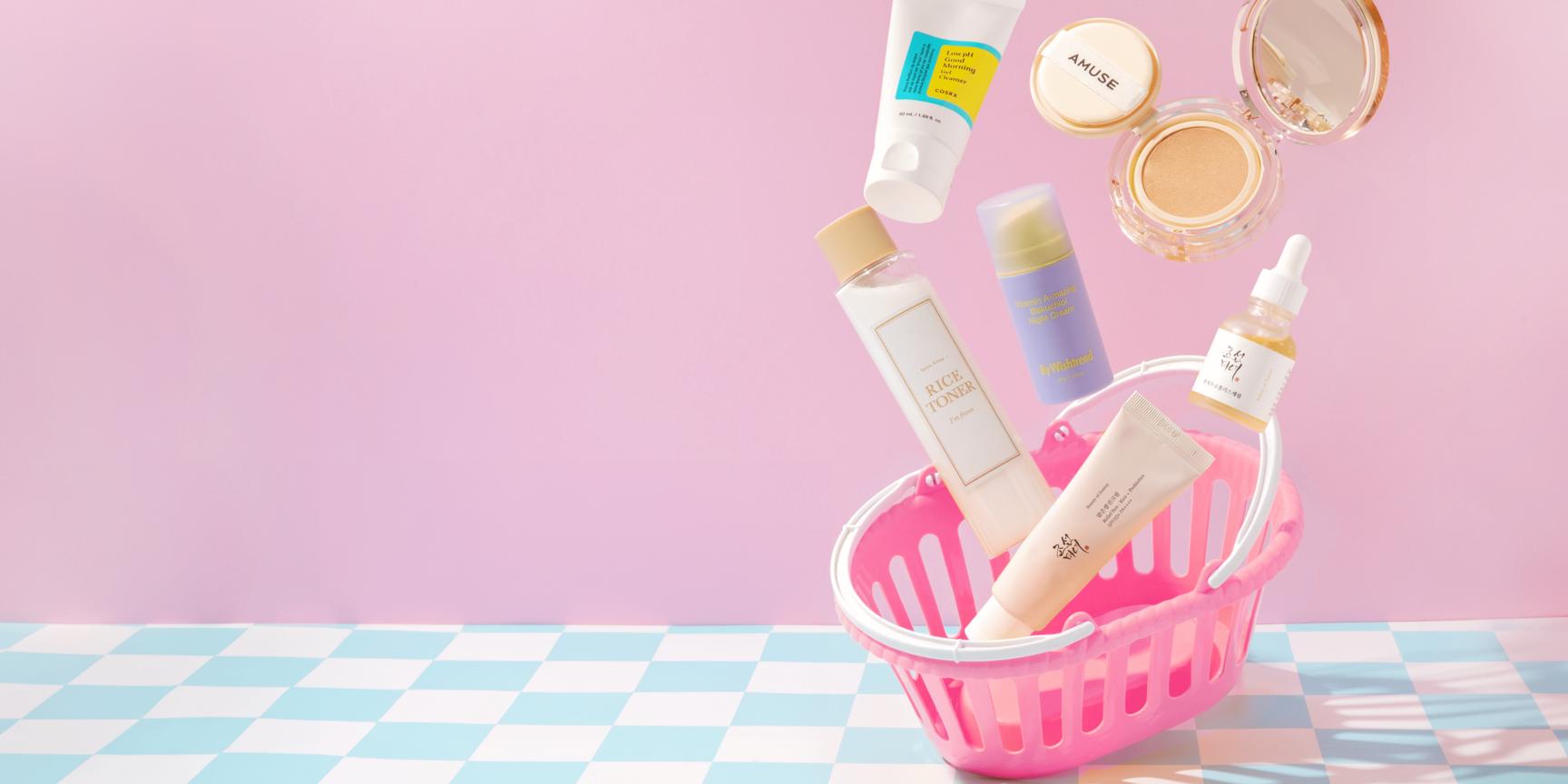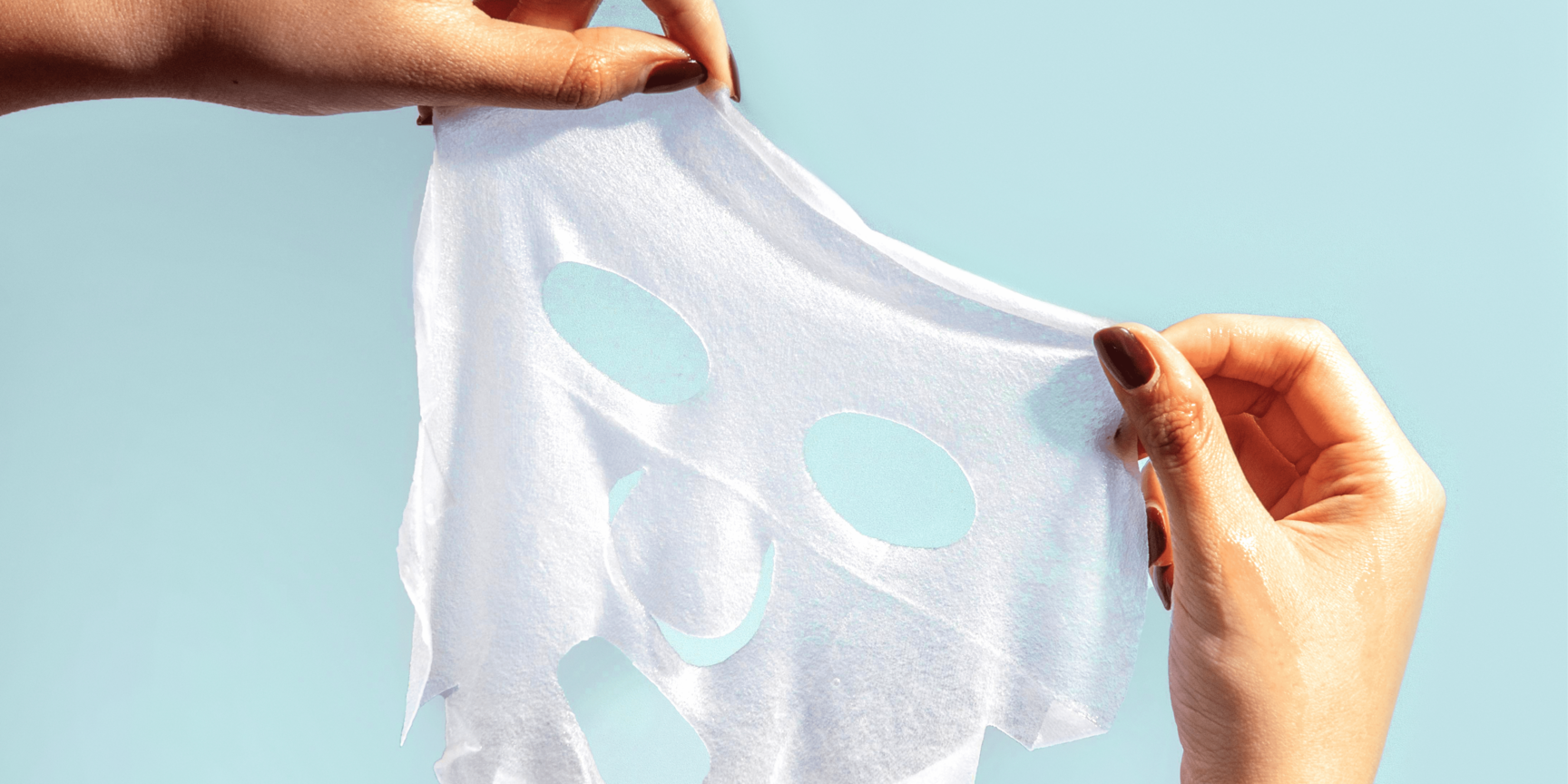MYTHBUSTING: DEBUNKING SKINCARE MYTHS
From shrinking pores, to DIY products - there are a lot of skincare stories out there that sound like they could potentially work. If you have a specific skincare issue, it may be tempting to try that “sure-fire solution” someone told you about, or that DIY treatment you found online.
But how do you know if it really works? How do you know if it’s safe? We’re going to bust some common skincare myths so you don’t waste your time and effort on things that are ineffective, or worse, downright harmful.
Pores can “open” and “shrink”

There’s a good chance you’ve tried this at least once: holding your face over a bowl of piping hot water, with a towel draped over your head. Sound familiar? The purpose, of course, is to allow the steam from the hot water to “open” up your pores, making them easier to clean. After cleaning, you splash your face with cold water to “close” the pores, shrinking them and making them less visible.
Lots of things expand and contract when the temperature changes. Unfortunately, pores don’t. They aren’t muscles, and can’t actually change size in response to heat or cold. Pores are channels that house hair follicles and sebaceous glands (oil-producing). They allow oils to come to the surface and lubricate the skin. Whether they’re “large” or “small” depends mostly on genetics.
If there are periods of time where your pores seem more visible, it could be that they can get stretched if they’re clogged with dead skin and excess oil. The good news is that they tend to return to their default size once that buildup is released. They also tend to look larger as we age, because the skin loses firmness in general.
One of the reasons why people might think steam opens pores is because the heat can help loosen clogs, making them easier to clean away. However, you’re better off using an exfoliating acid a few times a week to dissolve clogs, as well as a general anti-aging product to maintain the elasticity of your skin. Not only do you risk scalding your face if you steam it, but steam can cause flare-ups if you have rosacea or other skin sensitivities.
Pore strips and other “peel-off” treatments get rid of blackheads

It certainly feels satisfying to pull off a nose strip and see all the yucky stuff coming out of your pores. However, you’re fooling yourself if you think that what you’re pulling out is blackheads.
What nose strips and other sticky peeling treatments are actually taking out is mostly hair, skin cells, and “sebaceous filaments”, or the normal oils found in pores. The problem is that blackheads tend to happen deeper under the skin, and peel-off strips only deal with the very surface. So while they might temporarily remove the very top dirt or dead skin off, they don’t have a lasting impact, and don’t deal with the root cause of blackheads. What’s worse is that the soft feeling you get after you use a peel-off treatment could actually be because the glue on the mask has pulled off healthy skin cells as well, leaving it raw and unprotected. Ouch!
Higher SPF sunscreen protects better

This one is more misleading than flat-out wrong. Higher SPF does offer more protection, but only in very small degrees. Scientists generally agree that SPF 50 will filter out most UVB rays and protect your skin adequately. Anything over 50 only gives a tiny bit more protection. For example, SPF 50 will block 98% of UVB rays, while SPF 100 blocks out 99%.
The trouble with high SPF products is it can lead to a false sense of security. A higher number doesn’t mean you can spend more time in the sun, use less sunscreen, or reapply less often. An SPF rating also doesn’t tell you how much a product protects agains UVA rays, which go deeper into the skin. For that, you’ll need a sunscreen that says “broad spectrum”, or “UVA and UVB protection”, or even better, a PA rating.
Some oils and natural products provide SPF protection

Speaking of sunscreen, an alarming number of “DIY” or “natural” sunscreens are popping up in different forums online. The idea is that you can follow a “recipe”, and mix up your own sun protection without chemicals. Many of these recipes even claim to provide a certain SPF rating. The most commonly used ingredients are coconut oil, lavender and raspberry essential oils, shea butter, and zinc.
This is definitely a skincare myth that needs to be debunked. Research says that while some of these provide a very slight amount of protection, nothing you mix at home will come anywhere close to the protection a commercial sunscreen provides. In fact, it’s unlikely to come even close to the SPF 30 minimum most dermatologists recommend. When tested in a scientific lab, most of these DIY sunscreens scored SPF ratings in the single digits, despite what they claimed.
The biggest issue is that these formulas are unverified and untested for any real scientific evidence. Besides the ingredients that protect against UV rays, sunscreens also contain ingredients that prevent the product from degrading, and that help it to coat the skin properly and evenly. With a DIY product, there is no way to measure its effectiveness, whether it’s safe, how to store it properly, or its shelf life. Unless you have a science lab and the science know-how to test the sunscreen, stick to the stuff from the stores. The risk you run from using an untested formula (irreversible skin damage, skin cancer) is far greater than what’s in your commercial sunscreen.
Oily skin doesn’t need to be moisturized

If you have oily or acne-prone skin, it might feel like adding any other moisturizing product is unnecessary. However, excess oil can actually be a result of dehydrated skin, and avoiding moisturizers can cause your skin to become even more oily. Drying the skin tends to result in an overproduction of sebum.
What kind of moisturizer you use should definitely depend on your skin type. If your skin is oily, look for a moisturizer that contains humectants, like glycerin and hyaluronic acid. These bond to water to increase the water content in your skin, and are often very light in texture. Avoid creams that are heavier and contain ingredients like butters and oils. Gels, lotions, and fluid formulas will absorb quickly and won’t feel greasy.
Acne is a result of an unhealthy diet

People used to think that acne was a result of a poor diet, or the result of eating too much “junk”, like chocolate, or fried foods. We now know that this often isn’t the case, and that there are a lot of other factors involved, like genetics and hormone cycles.
Unfortunately, there aren’t exact answers when it comes to how much food affects acne. Some dermatologists hesitate to recommend food changes because there isn’t a lot of scientific data to back up cutting something completely out of your diet. There are correlations between breakouts and certain foods, but they’re complicated, and one doesn’t always directly cause the other.
The strongest correlation is with refined sugar, but how much it affects someone’s skin seems to depend from person to person. Some people find that how much sugar they eat has little bearing on their skin, while others find even a little sugar can cause huge breakouts. There are also some links between dairy and acne, but these haven’t been vigorously tested.
Before changing your diet, always talk to a doctor and/or dermatologist. The kind of anecdotal evidence you read about online isn’t scientific proof, and it certainly doesn’t mean you’ll get similar results because everyone’s skin make-up is different.
Your skin can get “used to” products, causing them to being ineffective

You can build up a tolerance to certain ingredients, like glycolic acid, or retinol. By starting with a very low concentration, some people successfully “train” their skin to tolerate these ingredients in higher and higher concentrations.
However, your skin is unlikely to “get used to” your general skincare products, making them useless. There are reasons why it might seem like the results are less remarkable than when you first tried the product. It might be working, but with less visible results than before. After using skincare products for a while, the condition of your skin on those products becomes your new “normal”, making it seem like they’re working “less well”. The changing conditions around you could also change the effectiveness of your products. In the winter, skin tends to get drier, making it harder for products to penetrate into the skin. Exposure to pollutants, chemicals, free radicals, and UV rays can also mean products need to work harder to maintain your skin.
If it seems like your favourite products aren’t working as well as they used to, try adding an acid exfoliant to your routine. Buffing away dead skin can help the rest of your lineup absorb better, boosting its effectiveness. You can also look into the combination of ingredients you’re using; Some ingredients don’t combine well and cancel each other out. Make sure you’re storing your products properly. Sunlight and exposure to oxygen can destabilize certain ingredients, meaning they won’t work the way they should.
All that being said, your skincare routine shouldn’t always be the same. You may have some go-to products or brands, but you should adjust according to the seasons and needs of your skin.
There aren’t definite answers to every skincare myth. Some of them are half-true, some are wildly misleading. However, it is important to rely on scientific evidence whenever it comes to your health. Even a relatively harmless myth can cause people to spend time, money, and energy on unnecessary things, so don’t believe everything you hear!









































